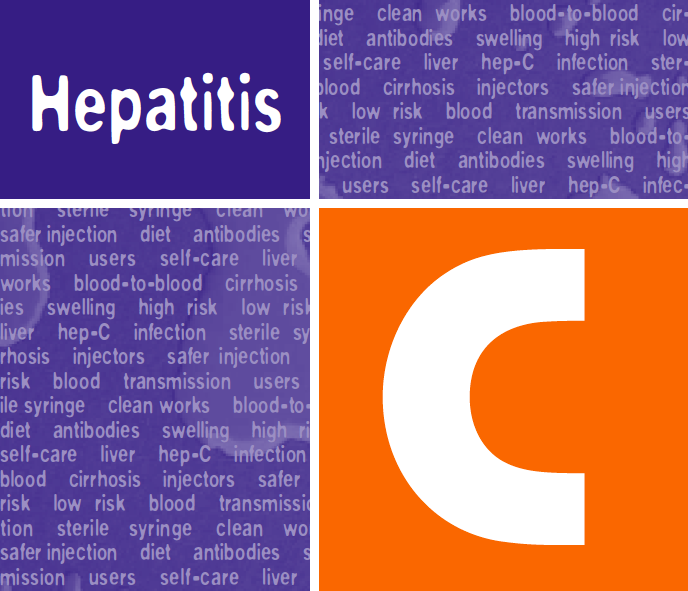Antibiotic resistance occurs when bacteria change in a way that reduces or eliminates the effectiveness of antibiotics. These resistant bacteria survive and multiply – causing more harm, such as a longer illness, more doctor visits, and a need for more expensive antibiotics. Resistant bacteria may even cause death.
Parent pressure makes a difference. For pediatric care, a recent study showed that doctors prescribe antibiotics 65% of the time if they perceive parents expect them; and 12% of the time if they feel parents do not expect them. Parents should not demand antibiotics when a health care provider has determined they are not needed. Parents should talk with their health care provider about antibiotic resistance.
via CDC – Family Health – Parents: ABCs of Raising Safe and Healthy Kids.









